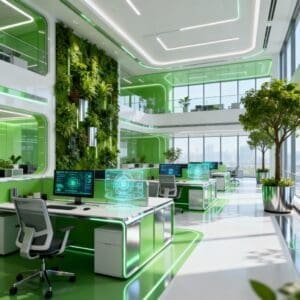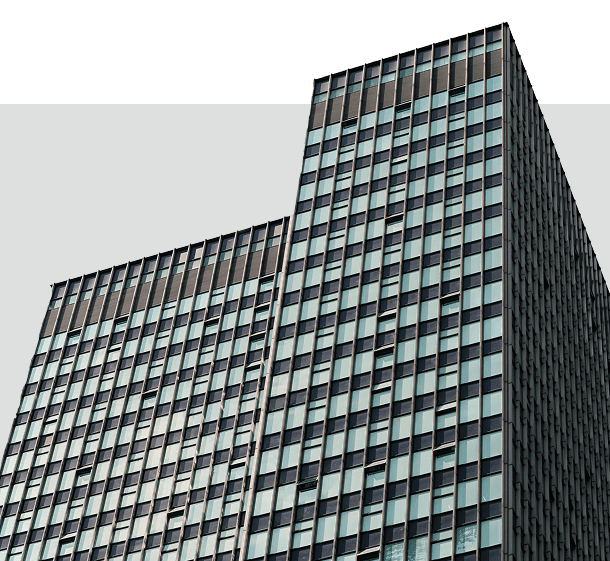The Future of Work: How Modern Office Design Boosts Productivity and Well-Being
The 21st-century workplace is undergoing a profound transformation. Modern office design has become a crucial factor in enhancing employee productivity, wellness, and engagement. Gone are the days of endless cubicles, harsh fluorescent lights, and monotonous layouts. Today’s offices are dynamic environments that reflect company culture, support diverse workstyles, and use design principles to stimulate creativity, focus, and collaboration. This evolution is fueled by changing workforce expectations, technological advancements, and a growing understanding of how surroundings influence mental and physical performance.

Open Layouts and Flexible Workspaces
One of the most significant trends in modern office design is the shift toward open-plan layouts. These spaces promote collaboration while balancing the need for privacy. Flexible workspaces, including hot-desking, shared tables, and modular furniture, allow employees to choose where and how they work based on the task at hand. This fosters autonomy and efficiency, while also encouraging spontaneous conversations that spark innovation.
At the same time, organizations are recognizing that not all work benefits from open spaces. Acoustic design and designated quiet zones have become essential. Phone booths, soundproof pods, and secluded areas offer employees the opportunity to focus, recharge, or hold confidential meetings, creating a balance between collaboration and concentration.
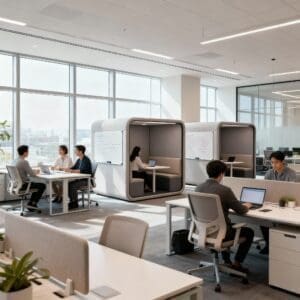
Bringing Nature Indoors: Biophilic Design
Biophilic design is reshaping modern offices by integrating natural elements such as indoor plants, living walls, natural light, and raw materials like wood and stone. This approach enhances employee well-being, reduces stress, and improves cognitive performance. Studies show that workplaces abundant in greenery and sunlight see lower absenteeism and higher productivity rates.
Beyond aesthetics, biophilic design helps employees feel more connected to their surroundings. Views of outdoor spaces, skylights, and access to terraces or gardens have become standard features in office planning. By creating environments that mimic natural settings, companies support mental health while fostering creativity and engagement.

Smart Technology for a Modern Workforce
Technology integration is at the heart of contemporary office design. Modern workplaces now feature IoT-enabled devices, occupancy sensors, automated lighting, climate control systems, and wireless charging stations. These technologies not only improve energy efficiency but also allow employees to personalize their work environments.
Smart boards, video conferencing setups, and collaborative software platforms make remote teamwork seamless, supporting hybrid work models. Offices that adapt to the digital needs of their workforce attract and retain top talent while enabling productivity regardless of location.
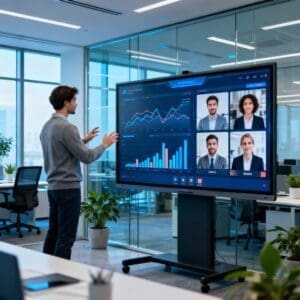
Ergonomics and Employee Wellness
Employee comfort and physical health remain central to modern office planning. Sit-stand desks, ergonomic chairs, and adjustable monitor arms are now standard in high-performance work environments, helping reduce strain and prevent repetitive stress injuries.
Wellness initiatives have expanded beyond furniture. Companies are investing in nap pods, fitness zones, and dedicated wellness rooms, acknowledging that physical and mental health are critical for sustained productivity. When employees feel supported in these ways, their engagement and overall performance improve significantly.

Color, Lighting, and Productivity
Color psychology and lighting design play a subtle yet powerful role in workplace efficiency. Warm, natural tones such as greens and blues encourage calmness and focus, while vibrant accents like yellows and oranges stimulate energy and creativity.
LED lighting with adjustable color temperatures allows offices to mimic natural daylight, reducing eye strain. Advanced circadian lighting systems adapt throughout the day, enhancing alertness, aligning with natural biological rhythms, and improving mood. Thoughtful design in this area can lead to measurable improvements in both concentration and employee satisfaction.
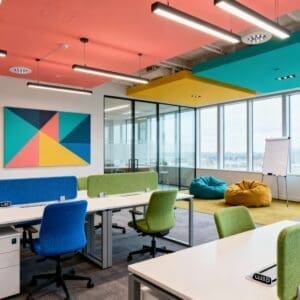
Inclusive and Diverse Workspaces
Modern office design increasingly prioritizes inclusivity. Workspaces now cater to the needs of neurodivergent employees and individuals with physical disabilities. Sensory-friendly rooms, accessible entryways, and adjustable workstations ensure that everyone feels comfortable and supported.
This inclusive approach goes beyond compliance; it fosters a sense of belonging and enhances workplace morale. When employees feel that their needs are considered and respected, productivity and engagement naturally follow.
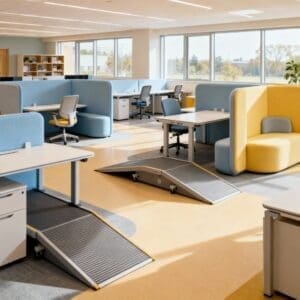
Sustainability and Green Design
Sustainability has become a core principle in contemporary office planning. Green buildings with energy-efficient HVAC systems, sustainable materials, and waste reduction strategies are no longer optional—they are expected. LEED-certified offices, recycling programs, and initiatives to reduce single-use plastics appeal to environmentally conscious employees and clients alike.
Sustainable design also fosters innovation. Companies are exploring ways to implement recycled materials, eco-friendly finishes, and energy-saving technologies, creating a culture of responsibility that resonates with employees and visitors.
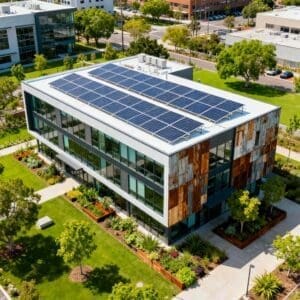
Adapting to Hybrid Work Models
The rise of hybrid work has prompted companies to rethink traditional office footprints. Instead of serving as daily desk hubs, modern offices function as experience-driven spaces. They offer areas for brainstorming, client meetings, and social interaction rather than routine tasks.
Lounge-style seating, coffee bars, and breakout rooms encourage informal networking and creativity. These spaces create a home-like atmosphere that supports collaboration and fosters stronger interpersonal connections among employees, while minimizing the need for constant desk occupancy.

Branding and Personalization
Office design today is also a tool for branding and employee connection. Custom graphics, branded color schemes, and architectural features reinforce company identity. Personalization options such as adjustable workstations and personal storage allow employees to feel a stronger connection to their workspace.
A well-designed office that reflects the company’s values enhances employee engagement, supports recruitment efforts, and communicates the organization’s culture to clients and visitors.
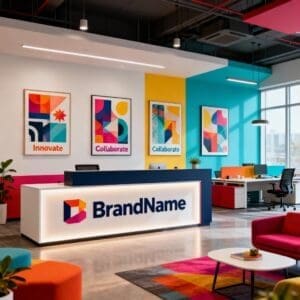
Conclusion: Designing for People, Productivity, and Purpose
Modern office design is no longer just about aesthetics. It has evolved into a strategic tool that influences employee performance, satisfaction, and overall well-being. By integrating open layouts, biophilic elements, smart technology, ergonomic furniture, inclusive features, and sustainable practices, companies create environments that foster innovation and productivity.
As work continues to evolve, the most successful offices will be those that remain adaptable, human-centered, and forward-thinking. Thoughtful design is no longer a luxury—it is a competitive advantage, ensuring that employees feel valued, motivated, and equipped to thrive in the modern workplace.
